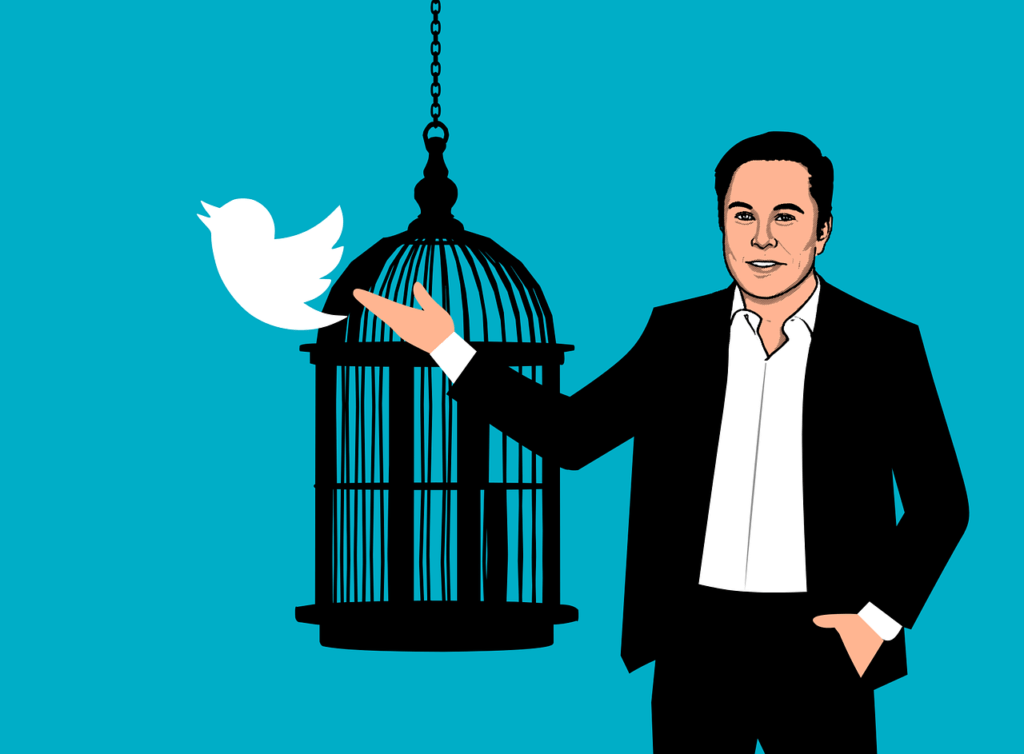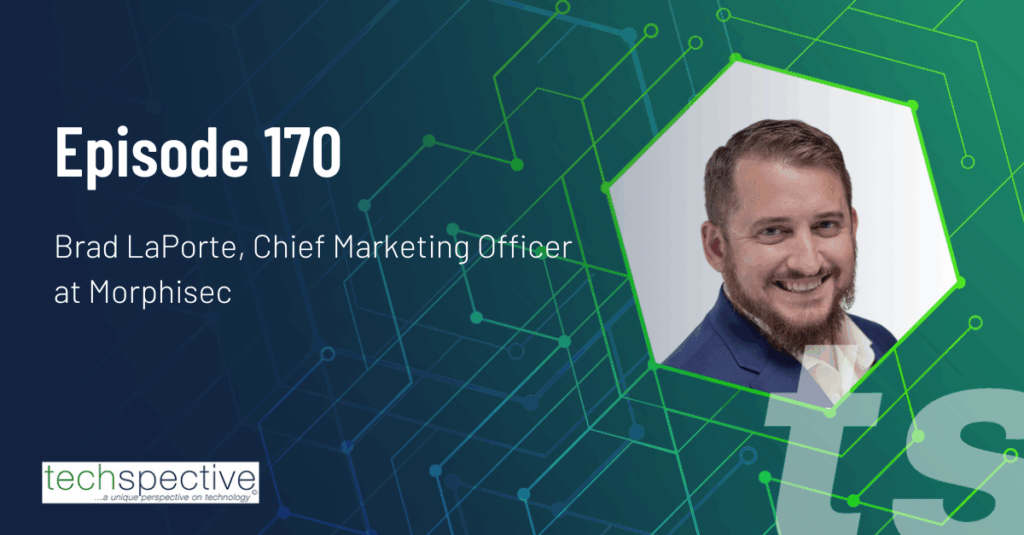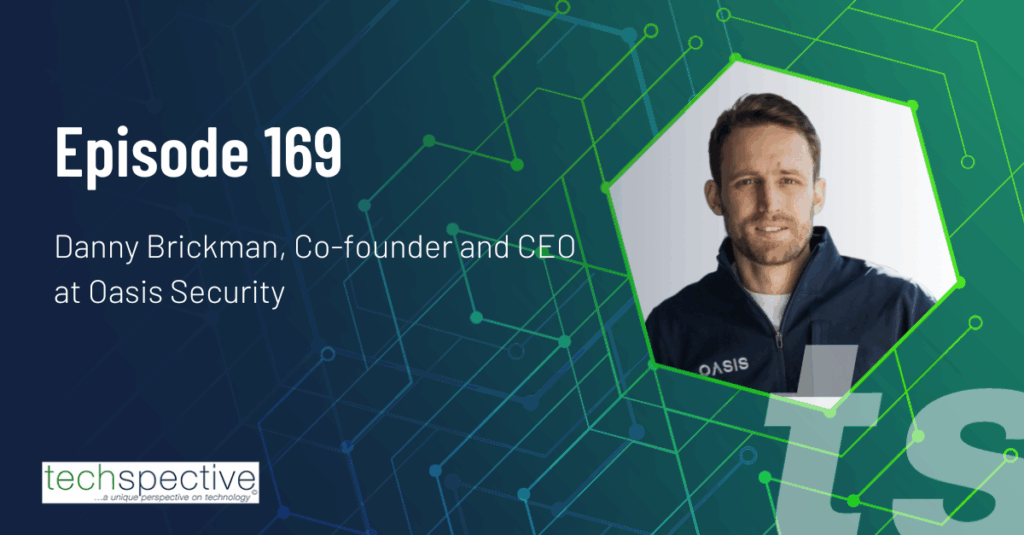Acquiring a publicly owned corporation the right way requires as much art as it does skill. The technology company that stands out as having the best acquisition process is Dell. Dell’s process is a refinement of IBM’s which was market-leading until Dell improved it. The process focuses tightly on the identification and preservation of assets over everything else including integrating the acquired company into the parent. As a result, while most acquisitions bleed value after they are approved, Dell’s improve in value because they benefit from a better planned and executed process rather than being harmed by it.
What Tesla CEO Elon Musk just demonstrated in his effort to acquire Twitter was the opposite to how Dell and IBM approach an acquisition. His approach may have destroyed Twitter and, as collateral damage, crippled Tesla as a result.
The ugly Musk/Twitter dance
The dance that Elon Musk and Twitter have been doing should be a Master Class on how not to buy a company. Typically, when an individual wants to buy a company, the current owners want to sell, they set the price and the buyer negotiates against the price that is set, putting in place conditions that allow that buyer to validate the purchase price. When done right, programs are implemented to identify and retain human, physical, and intellectual assets which underly the value of the firm and then, once all conditions are met, the sales are concluded, and the company moves to new ownership with a focus throughout on minimizing harm to the business.
That is not at all what happened here. Musk, without any diligence, proposed a hostile takeover, putting forth a bid that was so high the board could not refuse. Once accepted, no effort was made to identify or preserve any of the assets. Instead, Musk indicated everyone’s job was at risk and that his intent was, rather than preserve the business, to disrupt it. He then publicly argued that Twitter’s reports of active users were grossly overstated, which had a massive adverse impact on Twitter’s revenue. The company not only started losing lots of key people but was unable to back-fill them. This was in violation of the purchase agreement which barred Musk from publicly denigrating the company or its employees.
Finally, Musk’s stated goal for the acquisition was not financial, but tied to operations in that he wanted to bring back a lot of mostly conservative users who had been banned from Twitter for abusing Twitter policies, including former President Donald Trump. This alienated the customers planning to buy Tesla cars, who are liberal, effectively cratering both Tesla’s and Musk’s net worth. To get out of the deal, he is highlighting a list of things he never seemed to care about as the cause and, given he has breached the agreement and tends to disregard both court orders and legal advice, this series of events should not end well for Musk.
But what about Twitter? The company is badly broken because of this which is why it now wants to force the sale. Because the company is, thanks to Musk, borderline non-viable.
Twitter’s future
Thanks to Musk, advertisers do not trust Twitter advertising and believe they are being overcharged, reducing Twitter’s ability to generate income. Critical sales, support, operational, and staff employees have been fleeing the company in anticipation of Musk’s leadership because of Musk saying he planned huge layoffs once he was in power. Certainly, given his disdain for the executive and moderating employees, those employees have been leaving in impressive numbers while Twitter appears to back-fill most if not all of them.
Musk effectively leaves Twitter on life support. This should open him to extensive liability damages but, given the trial will take some time, there is a reasonable chance that without a significant new backer, Twitter may be unable to sustain itself until it gets a settlement or judgment from Musk who is likely to use every method, he can to delay payment.
Because of the increasing risk and poor image of social media companies in general, finding a financial savior to step in with funding to carry Twitter forward will not be easy, and Twitter could both win its case and lose its business as a result.
So, the future for Twitter is anything but bright.
Wrapping up
Twitter was in trouble before Musk tried to acquire the company. The visible motivation for the purchase appeared to be ego, rather than financial in nature, as Musk wanted to change Twitter policies he did not agree with. In the process of doing the deal, he signed a contract that restricted his behavior that he did not comply with, putting him in breach and doing tremendous and unrecoverable damage to Twitter in the process, making it unlikely he will prevail in court against Twitter. In addition, as collateral damage, he has driven (during a massive uptick in competition) Tesla buyers to consider other brands because he did not realize those buyers might object to what he planned for Twitter or that they might avoid companies that had suddenly become conservative.
Musk may have killed Twitter, but the cost to him for doing this may be more than financial. It may include the loss of his and Tesla’s reputation in the process. Other <href=”#:~:text=Link%20Copied-,SpaceX%20said%20to%20have%20fired%20employees%20behind,wide%20letter%20criticizing%20Elon%20Musk&text=SpaceX%20moved%20quickly%20to%20terminate,The%20New%20York%20Times%20reports.”>properties like SpaceX are also showing collateral damage which may yet cascade into a broad failure of Musk’s companies all because he did not like to be told he could not post anything on Twitter.
In the end, this sequence of bad decisions could result in the failure of both Twitter and Tesla and the rebranding of Musk from being a guy that could do no wrong into a con artist. Right now, the future is not bright for either Musk or Twitter and stands as a valuable lesson that just because you can do something, does not mean you should do it. There is a very real possibility we could be
- The Trillion-Dollar Distraction: Why AMD’s IBM-Trained CEO and Quiet Execution Make It a More Valuable Long-Term Bet Than Overvalued NVIDIA - November 17, 2025
- The Missing Link: Why the Wacom MovinkPad Pro 14 Is the Perfect Human Tool for the AI Art Revolution - November 7, 2025
- Lenovo’s Secret Weapon: Solving AI’s Failure-to-Launch Crisis - November 3, 2025



